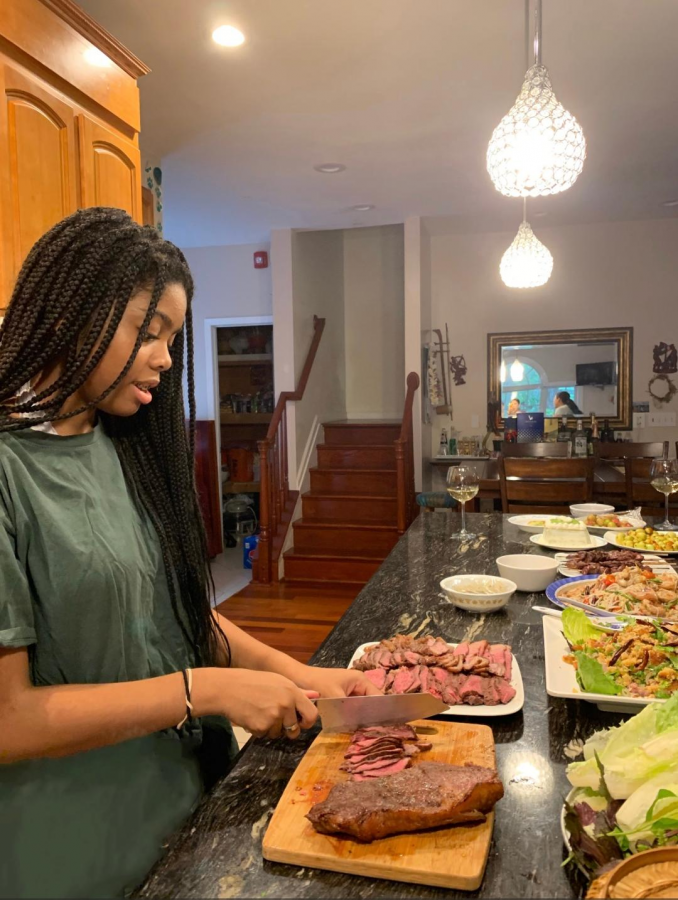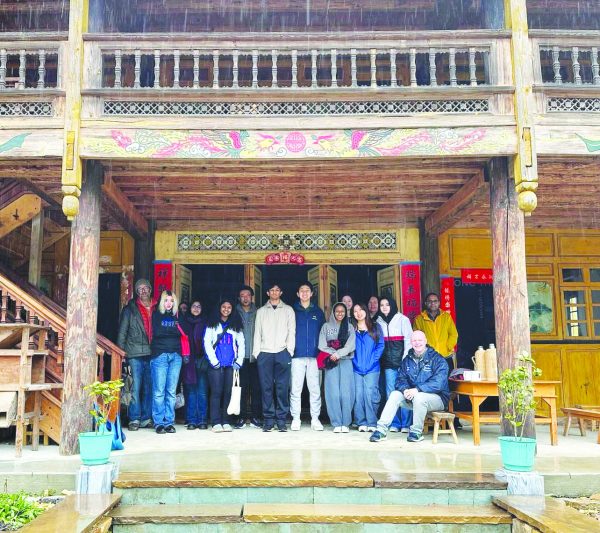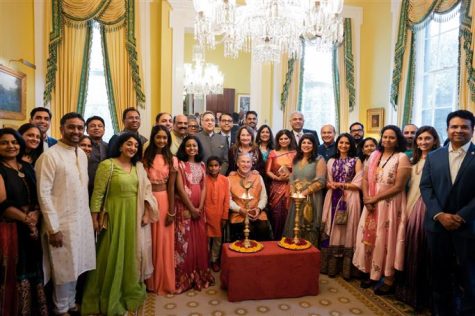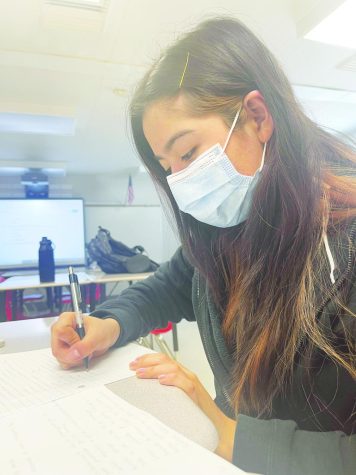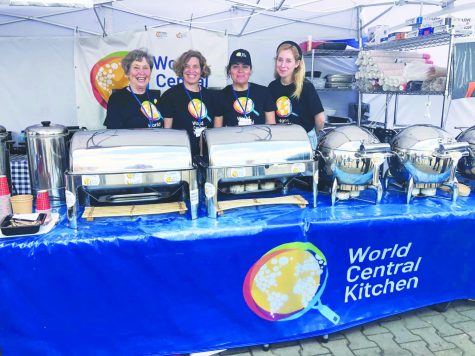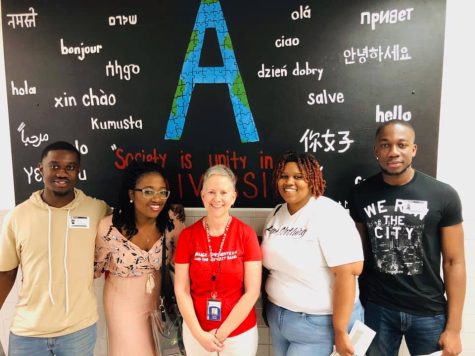Students reconnect with their cultural roots through food
Junior Jenna Saykhamphone cuts up Lao steak for dinner.
Students at AHS have been spending their time by making international dishes at home with their family.
With all this free time on their hands, they have decided to pick up a new skill and take on cooking new foods.
Despite culinary classes at AHS being online AHS’s culinary teacher, Christine Gloniger, has found a way to incorporate international dishes in her virtual teachings. “Friday I did grilled pizza fresh dill fresh pizza sauce and then we grilled it and last year I did a Cinco de Mayo food so tortillas and food from Oaxaca,” Gloniger said.
Cooking food is a great opportunity for family bonding time and can help reconnect students to their original roots. AHS especially is known for its diversity and different backgrounds that it offers.
Many students at AHS come from diverse backgrounds and were raised eating the foods within their culture. Making food from scratch with friends and family can be very fun, but it can be better when there is a background and heritage connected to it.
“We have cooked probably ten to fifteen different things from Ethiopia, Morocco, Lebanon, a variety of Middle Eastern food and more,” Gloniger said.
Making foods from foreign countries can be both fun and educational. When trying to learn about another country, one of the best ways to fully understand its culture is by making their traditional food. You use all five senses when making food from scratch, which helps you develop preferences and engages you with what you’re doing. It’s important to get out of your comfort zone and try new things, it can lead you to appreciate different foods and may spark an interest of yours in cultural cooking.
“My favorite dish is probably khao piak sen [rice noodle soup] not because it tastes heavenly, but also it holds lots of memories for me,” sophomore Jenna Saykhamphone said.
Gloniger enjoys cooking dishes internationally and decides on what dishes to make based on the cultural backgrounds and interests of the students.
“I am trained classically French although I look at the students and see what countries they’re from and that’s how I pull from different cultures.” Gloniger said. “I really like the variety of vegetarian items from India and Africa but honestly it is the interest of the students that make cooking these different foods so dynamic.”
Along with all these different cultures comes the delicious foods that they have to offer.
“My favorite traditional dish is a breakfast food called Kitcha fit fit,” sophomore Ruftana Beyene said. “Seeing my mother make this dish for me a lot during my childhood is what motivated me to make it, it’s a very nostalgic dish for me.”
Kitcha fit fit is a popular breakfast meal in Eritrean and Ethiopian culture and is normally served with tea.
The process of making this dish is not difficult if you are aided with the help of family or friends. Despite the dish being delicious, many families from this culture enjoy making this with family since it is a way of unintentionally bonding.
“It takes maybe an hour for me to make this dish from scratch but It’s very easy to make if you have people to help you in the kitchen,” Beyene said. The process of making Kitcha fit fit is simple. “The first step is to make the kitcha and have it thinly spread on a pan or mogogo,” Beyene said. After it has finished cooling, it needs to be ripped up into bite sized pieces. This is a step that most children take on. A sauce is made of a spice called berbere and ghee and that is what the Kitcha is coated in.
In culinary classes being taught at AHS, Gloninger has included multiple different dishes from all around the world. The making of food is a big part of culture in most countries. It is important for younger generations to learn how to cook traditional dishes so that they can teach their future children and generations to come.

Sophomore Mariamawit Endalkachew is a second-year staff writer on The A-Blast. In her free time, she enjoys spending time with her friends and watching...



